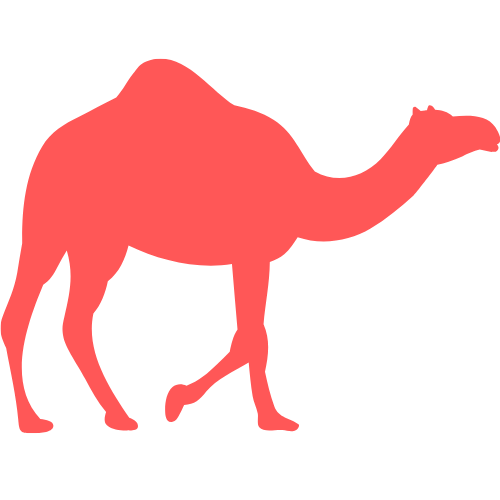Natural Attraction
Kokkala
The Kokala tract is located between two ridges: in the northwestern part of the Western Karatau ridge and in the central eastern part of the Northern Aktau ridge, 5.3 kilometers to the east and just north of the village of Shayyr, 6.5 kilometers to the southwest of Mount Zhalgan with a height of 331.2 meters above sea level, 9.5 kilometers to the west and just south of Mount Sherkala in the Mangistau district of the Mangistau region.
The Kokala tract is famous for its bizarre washouts of variegated and colored clays and a mountain gorge with spring water, which is located in the immediate vicinity of the tract.
The Karatau mountain fold, rising from the bowels of the Earth, lifted layers along the edge of the fault, which were forever buried under the thickness of oceanic sediments.
The Karatau mountain fold, rising from the bowels of the Earth, lifted layers along the edge of the fault, which were forever buried under the thickness of oceanic sediments.
This is how colored clays of the Jurassic period were born. Kokala is a natural multicolour among the monolithic rocky highlands of Mangystau, a small temporary tunnel in the age of dinosaurs.
Here you will not find fossilized remains or traces of long-gone reptiles, but you can touch real wood deposits and the coals of a burnt lek on which dinosaurs roamed.
Here you will not find fossilized remains or traces of long-gone reptiles, but you can touch real wood deposits and the coals of a burnt lek on which dinosaurs roamed.
We will not see fossilized bones or traces of long-vanished reptiles here, but we can touch real charcoal 170-200 million years old from the burnt forest where dinosaurs roamed.
Nature has surprisingly eroded the layers of clay, creating a layered mountain of hummocks, columns, mushrooms, pyramids and miniature canyons with bizarrely incised sides. Kokala is a natural variegated color among the monotonous rocky mountains of Mangystau.
Nature has surprisingly eroded the layers of clay, creating a layered mountain of hummocks, columns, mushrooms, pyramids and miniature canyons with bizarrely incised sides. Kokala is a natural variegated color among the monotonous rocky mountains of Mangystau.
Featured Tours





